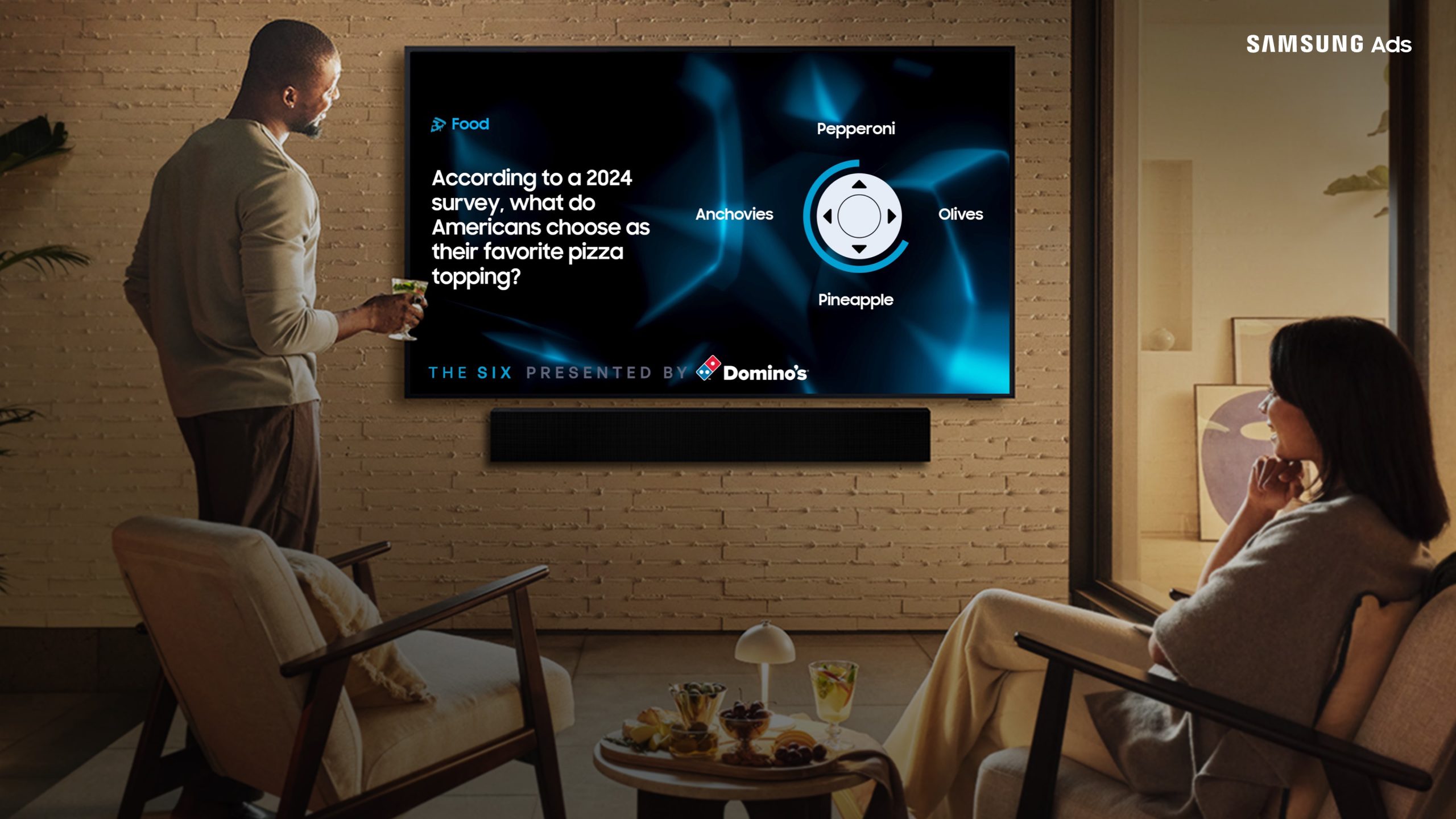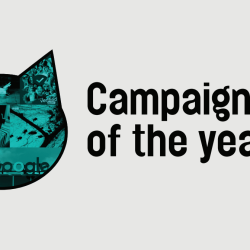Brands are ‘asleep at the wheel’ when it comes to targeting single-person households, according to Dr Peter McGraw, a professor of marketing and psychology at the University of Colorado Boulder.
Single-person households accounted for 30% of all UK households and a fifth of households worldwide in 2023. However, only 6% of marketers surveyed for WARC’s Marketer’s Toolkit said they considered this segment ‘strategically important’.
This blind spot in brands’ marketing will likely only become more conspicuous in the future: Euromonitor predicts the global rate of people living solo will grow by another 48% by 2040, outpacing all other household types.
What is driving this growth?
Several factors have contributed to the increase in single-person households, one of which is the change in how people think about relationships. This shift in attitudes ranges from simply choosing to delay marriage, to the women joining the extreme feminist 4B movement that rejects dating, marriage, sex and childbirth.
‘In many places around the world, women have greater educational and economic opportunities. Never before have we seen this in history. As a result, a non-trivial number of women have decided that they don’t need a man to survive,’ McGraw told MediaCat.
Increasing life expectancies are also driving up single-person households. Scotland has the highest rate of people living alone in the UK at 37%, and the National Records of Scotland cites the country’s ageing population as the reason.
But it’s not just Scotland. Data from the Office for National Statistics shows that people aged 65 years and over account for ‘93% of the total growth in the number of people living alone’ in the UK. And as people around the world live for longer — medical journal The Lancet predicts that global life expectancy will increase from 73.6 in 2022 to 78.1 years in 2050 — the trend is likely to spread and intensify.
Why and how should brands target this segment?
But the ‘age of atomisation’, as WARC describes it, in which consumers live, eat and shop solo, creates opportunities for brands, too.
‘Atomised consumers are increasingly frustrated by the “single-person penalty”. This is the additional cost — and often inconvenience or compromises — that individuals have to deal with,’ Aditya Kishore, insight director at WARC, tells MediaCat. ‘Research in the UK has shown that living on your own costs substantially more and the same is often true of travel, dining out and entertainment. These consumers could offer marketers an important new segment and growth opportunity, if they can effectively tailor products and services to cater to their needs.’
Single-person households tend to share similar needs, even though they may have different reasons for living solo. For example, Euromonitor notes they have a ‘shared preference for convenience-driven appliances and multifunctional products’ that prioritise comfort and convenience.
Before the pandemic, several brands stepped up to cater to the needs and preferences of smaller households: Tesco expanded its range of single-portion foods by nearly 40% in 2018.
Similarly, US bakers Arnold, Brownberry and Oroweat launched a line of breads with only 10 slices per bag in 2019. Called Simply Small, this line was designed for single-person households, and to help reduce food waste.
In 2019, P&G’s Charmin targeted millennial customers living in small homes with its Forever Roll — a single-user toilet paper roll made up of 850 sheets. Rob Reinerman, the former director of innovation at P&G Family Care, told CNBC Make It that the roll lasts up to one month and takes up less room for storage.
Since then, the momentum for services and products designed for single-person households appears to have petered out. It could be because Covid drove consumers from all households to bulk buy, but McGraw suspects there is another reason why companies so often neglect singles.
‘The people running these companies — the CEOs, the CMOs, the presidents, and the vice presidents — are not single. The average CEO is married with children. They live a very traditional life. Imagine you live in this life, you live in the suburbs, all your friends are married and all your friends have children. You just don’t see it. You’re not experiencing what’s happening to the people who are part of the solo community.’
Considering the lack of brands speaking to this segment, those who target single-person households could benefit from an early-mover advantage. McGraw also predicts that brands which are currently ‘asleep at the wheel’ could soon wake up.
‘What I liken this to is a different trend that happened in the last 20 years — and that is businesses recognising the LGBTQ community,’ he said. ‘I think that what we’re going to see is the same kind of shift, which is products and services made for those who don’t have the same needs, representation, and advertising.
‘The companies who figure this out sooner than later will have an advantage.’
Featured image: Toa Heftiba / Unsplash























